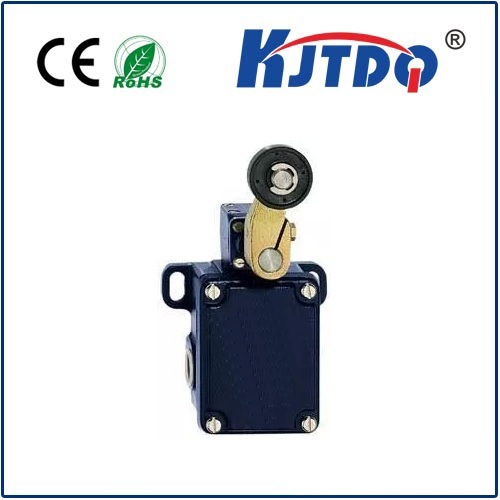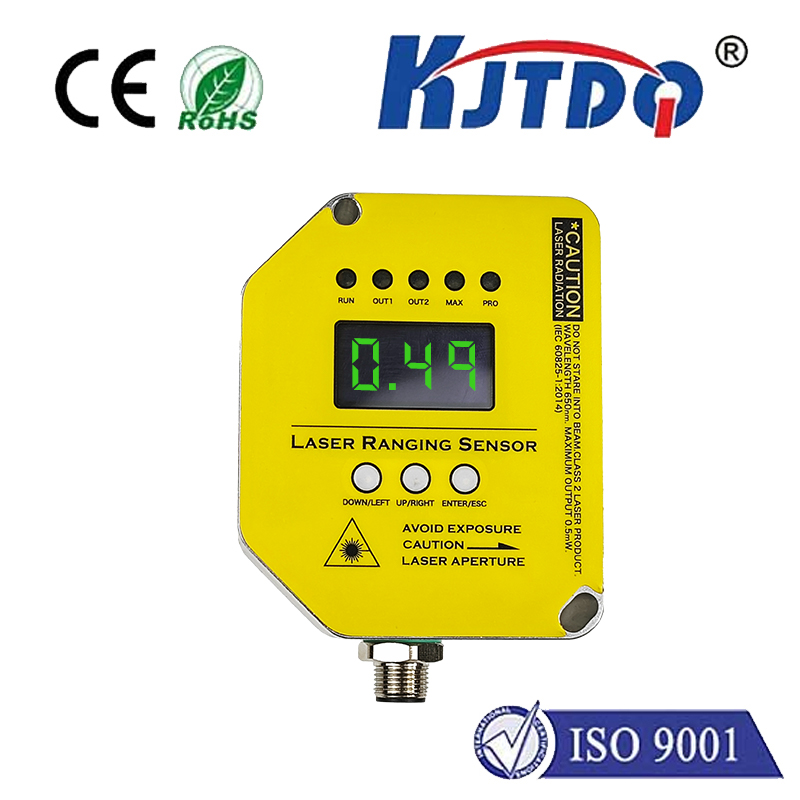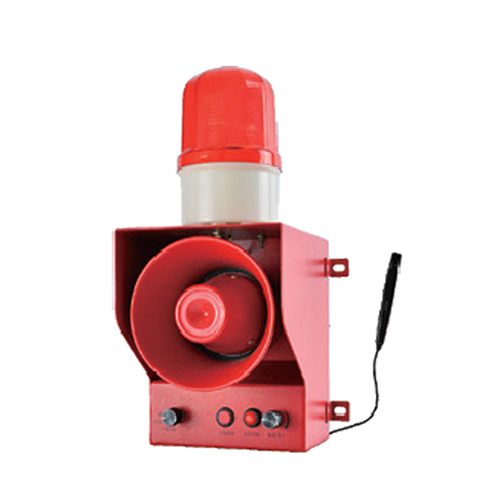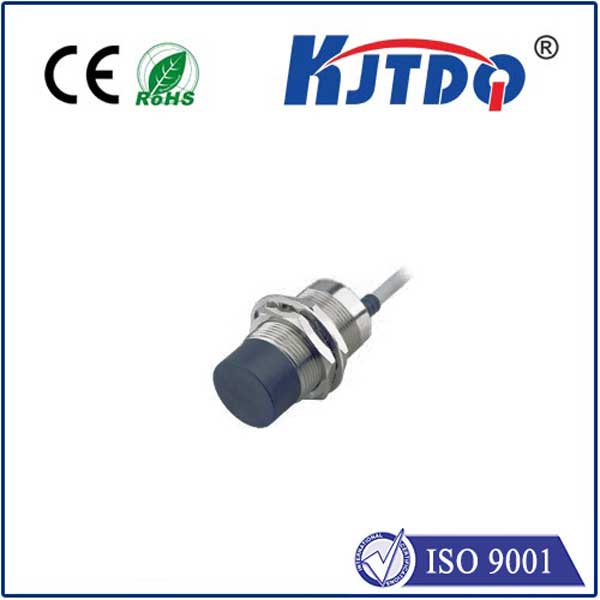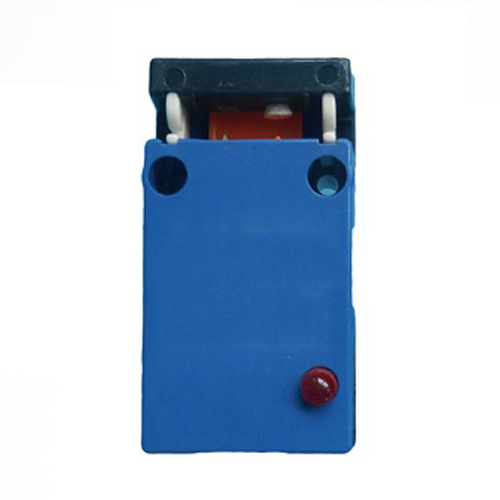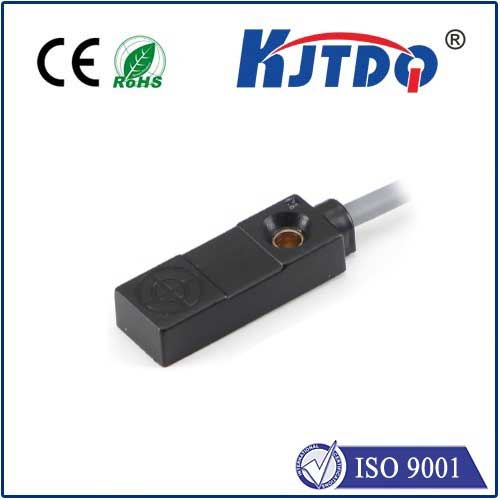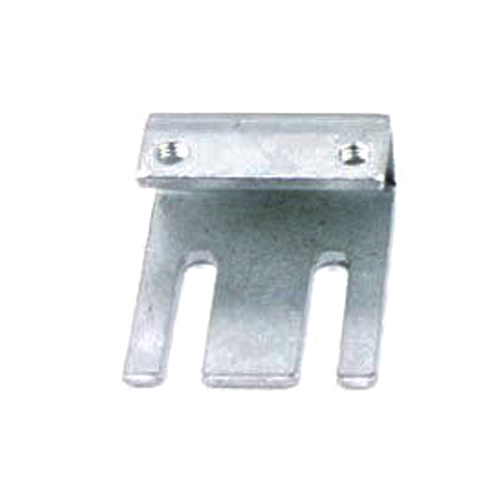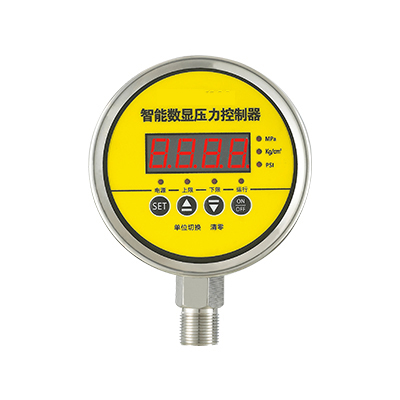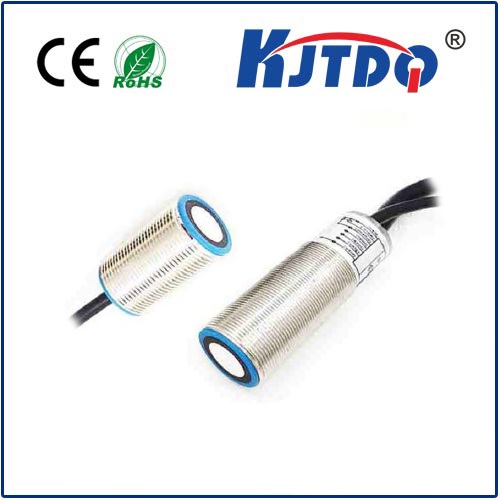

check

check

check

check

check

check

check

check

check

check
Title: The Importance of Limit Switch Lever Arm in Industrial Applications
The limit switch lever arm is a crucial component in various industrial applications. It plays a significant role in controlling and monitoring the movement of machines, ensuring their safety and efficiency. In this article, we will discuss the importance of the limit switch lever arm and its impact on industrial operations.
The Limit Switch Lever Arm: A Basic Overview
A limit switch lever arm is a mechanical device that activates or deactivates a switch when it reaches a specific position or angle. It consists of a lever attached to a switch, which is mounted on a machine's frame or body. The lever is connected to a moving part of the machine, such as a piston or gear, and moves in response to its motion. When the lever reaches a certain point, it triggers the switch, causing it to open or close an electrical circuit. This action can then be used to control the machine's functions or alert operators of potential issues.

Safety Control: The Primary Function of the Limit Switch Lever Arm
One of the most critical functions of the limit switch lever arm is to ensure the safe operation of machinery. By monitoring the machine's movements and detecting any deviations from the expected range, the limit switch lever arm can prevent accidents and damage to equipment. For example, if a conveyor belt moves beyond its intended path, the limit switch lever arm can stop the belt and alert operators to the issue before it causes harm to workers or damages the product being transported. Similarly, if a robotic arm exceeds its programmed range of motion, the limit switch lever arm can halt its movement to avoid collisions with other objects or people.
Efficiency and Productivity: Enhancing Machine Performance with the Limit Switch Lever Arm
In addition to safety control, the limit switch lever arm also plays a vital role in enhancing machine performance and productivity. By accurately monitoring the machine's movements and providing feedback to operators, the limit switch lever arm allows for precise adjustments and optimization of equipment settings. This results in improved efficiency, reduced downtime, and increased output quality. For instance, in manufacturing processes where precise measurements are required, the limit switch lever arm can ensure that each product meets specifications by detecting any deviations from the desired dimensions. Moreover, in automated systems where multiple machines operate simultaneously, the limit switch lever arm can coordinate their movements to optimize production flow and minimize waste.
Maintenance and Troubleshooting: Simplifying Machine Management with the Limit Switch Lever Arm
Finally, the limit switch lever arm simplifies maintenance and troubleshooting procedures for machines. By providing clear indications of a machine's status and performance, operators can quickly identify issues and take corrective actions before they escalate into more significant problems. For example, if a limit switch lever arm fails to activate due to wear or damage, operators can easily detect this issue during routine checks and replace the defective component without disrupting production. Additionally, by monitoring the machine's movements over time, operators can identify patterns of wear or abnormal behavior that may require attention.
Conclusion
In conclusion, the limit switch lever arm is a critical component in industrial applications that ensures safety, enhances efficiency, and streamlines maintenance procedures. By accurately monitoring and controlling machine movements, it helps prevent accidents, improve productivity, and simplify troubleshooting efforts. As technology advances and industries become more complex, the importance of the limit switch lever arm will continue to grow, making it an essential tool for modern industrial operations.
